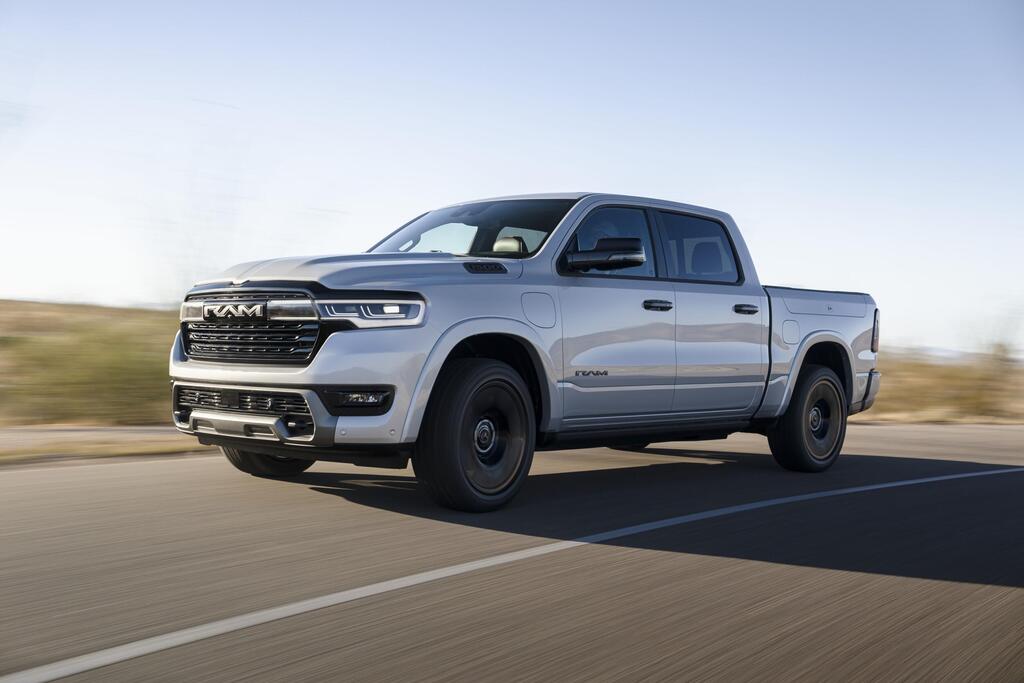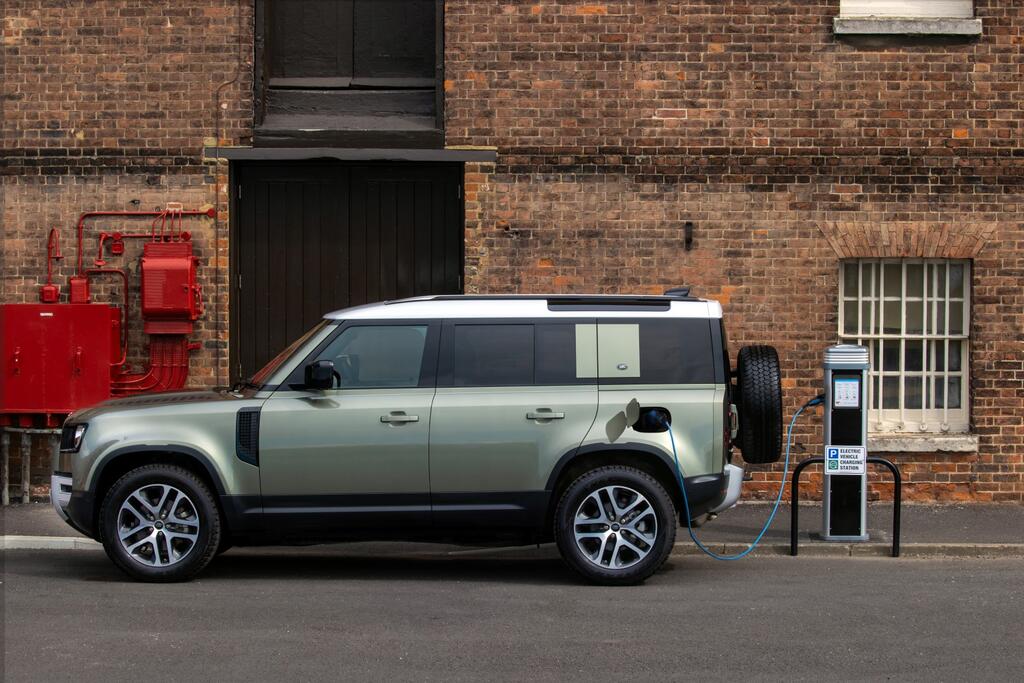A recent European Environment Agency (EEA) report has highlighted significant discrepancies in fuel consumption and air pollution figures reported by car manufacturers compared to those recorded under actual driving conditions.
The extensive investigation used data from monitoring equipment installed in 600,000 vehicles, including gasoline, diesel and plug-in hybrid models across Europe.
The findings were particularly striking for plug-in hybrid vehicles, where real-world emissions were found to be 3.5 times higher than the figures claimed by manufacturers. On average, these vehicles were reported to emit 40 grams of CO2 per kilometer, but the actual emissions measured were 139 grams per kilometer, which is comparable to traditional, non-electric-assisted models.
Gasoline and diesel cars' fuel consumption and emissions also exceeded the official data by 24% and 18%, respectively. These variances align with what researchers anticipated and are deemed acceptable when considering the difference between controlled laboratory tests and real-world driving conditions.
European Union (EU) officials are reconsidering the current measurement protocols and introducing a new standard for assessing fuel consumption and emissions in plug-in hybrid vehicles next year, aiming to provide a more accurate reflection of real-world data.
Data from manufacturers, gauged in line with the WLTP standard implemented in 2018, proposed that plug-in hybrid vehicles would utilize electric power for between 70-85% of all drives. However, many drivers seldom, if ever, charge their batteries and the gasoline engine, burdened with the additional weight of the large, hefty batteries, has to work harder, leading to increased fuel consumption and emission of pollutants.
The data allowed car manufacturers to meet strict EU emission standards and avoid penalties. Luxury automakers primarily benefited, as they were required to significantly reduce emissions from their powerful internal combustion engines. They accomplished this with plug-in hybrid models. By early 2024, luxury brands accounted for seven of the top ten best-selling plug-in hybrids in Europe.
German models recorded emission data that far exceeded study averages. Audi and BMW's actual pollution levels were 4.3 times higher than their reported figures, and Mercedes' emissions were four times greater. Volvo also exceeded its commitments by threefold, which, while still significant, was below the average for all study participants.
Our take
Automakers' claims about fuel efficiency and emissions have often been seen more as optimistic marketing than accurate representations of real-world performance. The introduction of the WLTP standard six years ago aimed to correct these figures, achieving partial success mainly with gasoline and diesel vehicles, but less so with hybrid-electrics.
Belgian environmental watchdog Transport and Environment highlighted the issue four years ago, yet the EU has only recently begun to address these discrepancies. Despite efforts to reduce air pollution and improve public health, the actual results have been underwhelming, and significant penalties have not been enforced against non-compliant manufacturers. The burden of this regulatory oversight is carried by the public.



